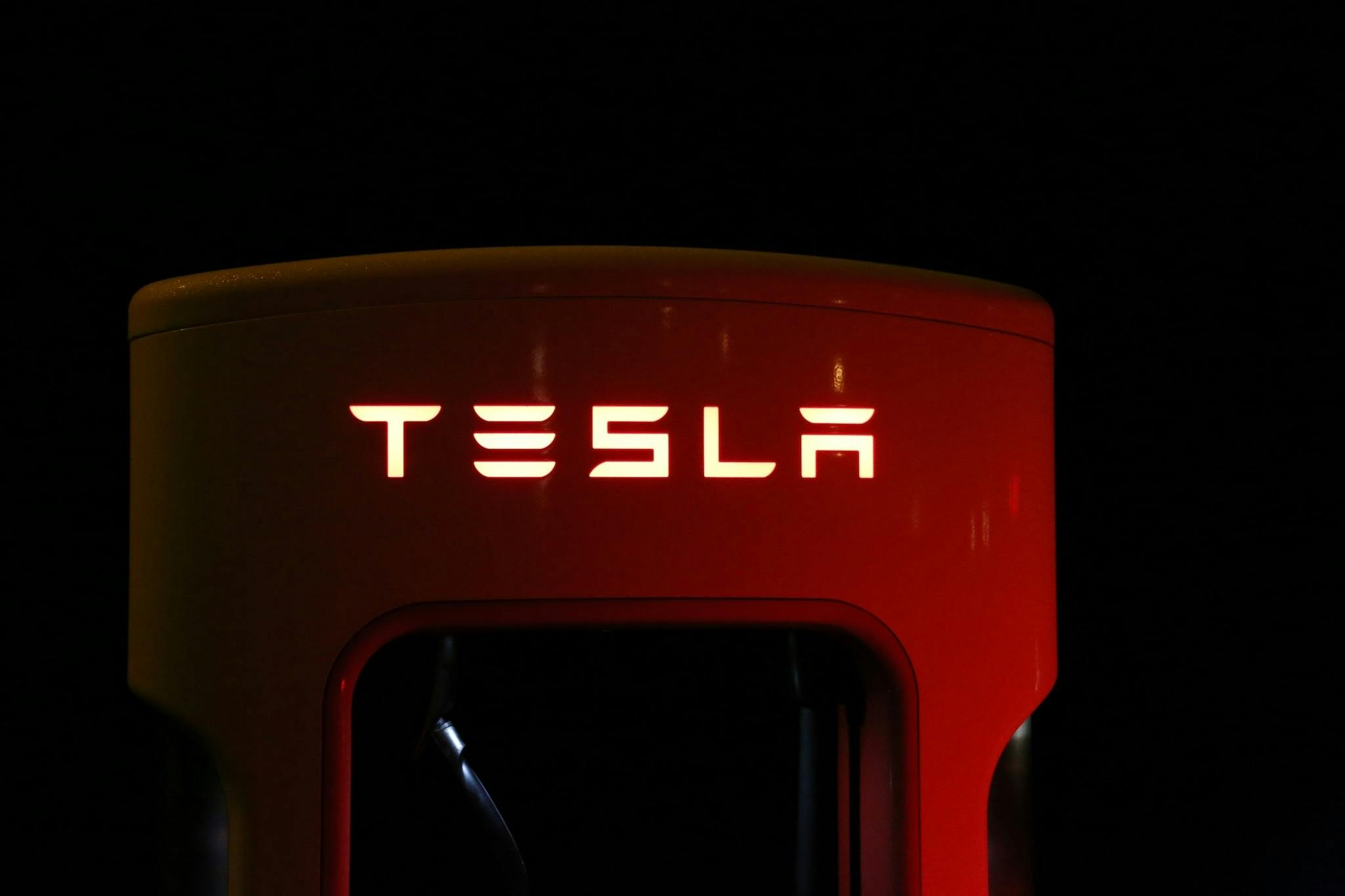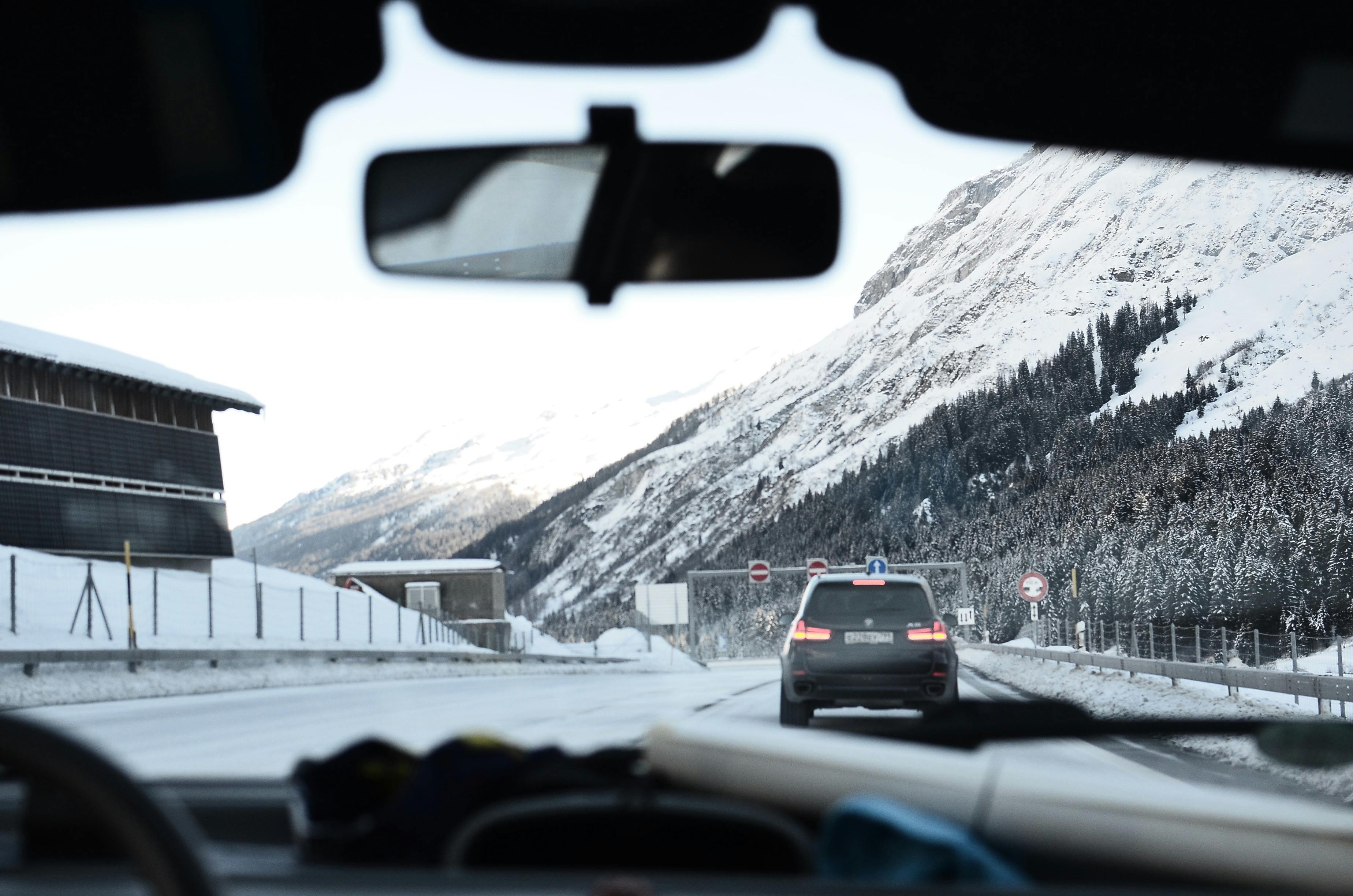Hydraulic cylinders fail for a wide range of reasons, from poor specifications and misuse to simply old age. Here are the top 10 reasons why they fail and how to perform hydraulic cylinder repair.
1 – Regular Seal Leakage
This can be due to a number of reasons, the most common of which on new cylinders is improper seal adjustment; however, incorrect metalworking clearances can also cause early-stage failure. Another physical reason for this failure once the device is in use is corrosion or scoring of the seal grooves. The oil itself can also be the cause, either because it is contaminated or because air has been trapped.
As expected, corrective measures include checking and, if necessary, replacing the seals. The clearances of the metal structure should be checked in any case and if the oil is found to be contaminated, it should be replaced. There should be a clear established reason for oil contamination as it can be a less obvious sign of wear – checking clearances is part of this process.
2 – Scored Piston Rod
Piston rod scoring is often caused by oil contamination, but this can also be caused by stuffing box bearing contamination. If not detected in time, the bushing bearing may have failed completely.
The gland bearing should be checked and replaced if necessary. It will be necessary to flush the entire hydraulic system and change all filters before reassembling and re-pressurizing.
3 – Scored Cylinder Hole
Scoring of the cylinder bore can also be caused by oil contamination, which in turn can be a sign of piston head bearing failure.
The piston head bearing should be checked and replaced if necessary. Whatever the reason for the failure, it will be necessary to flush the entire hydraulic system and change all filters before reassembling and re-pressurizing.
4 – Internally corroded barrel
The most likely cause of internal barrel corrosion is water in the oil.
Correction may require stripping and recoating, but at a minimum the oil will need to be changed. The cylinder will need to be protected from future water ingress and this can also be a sign that it is poorly specified or perhaps being used in an environment it was not designed for.
5 – Piston rod pitting
About the only cause of piston rod pitting is corrosion. This can also be a sign that the cylinder is misspecified or perhaps being used in an environment it was not designed for.
To begin with, the rod and even the entire cylinder must be protected from the weather or any other reason for contact with water. Ideally the rod should also be upgraded to marine specification.
6 – Leakage around the outer diameter of the glans
Leaks around the outside diameter of the gland can be caused by a failed o-ring or having a cracked gland, which in turn could have been caused by poor clearances.
It will be necessary to check the clearances and test the tassel for cracks. If the o-ring is faulty, a backup can often be installed or the o-ring can be replaced.
7 – Bent piston rod
A bent piston rod can be a sign that the hydraulic cylinder is overloaded. This may be due to the cylinder and associated piston operating out of specification; in other words, they are overloaded. It can also be caused by an external (side) impact of some kind, for example a collision.
The first thing to check is the charge and whether or not the cylinder is operating within specs, as without this information any repair will not last long. The piston rod can be replaced, but this is also an opportunity to review the specifications and upgrade the rod if necessary.
8 – Split soldering on base and ports
A split weld at the base and ports can be caused at the original build (or a recent repair) by a poor weld failure. It can also be caused by shock loading, or a sudden impact at full pressure (or more).
A cylinder wear test is required to ensure it is not being misused or used outside of its specifications. This will ensure that the problem does not recur after the repair.
The repair will involve machining the weld and proper re-welding.
9 – Broken eye bearing
A broken eye bearing is usually caused by operating the cylinder with a load greater than its specification, or by shock loading, or a sudden impact at full pressure (or more).
As with other issues above, prior to performing a repair, the operating wear of the cylinder should be checked to ensure it is not operating out of specification. This investigation may result in a change of use or an improvement in repair specifications. For example, the replacement eye bearing specification can be improved and the clevis pin size can also be increased.
10 – Rod worn on one side
A connecting rod worn on one side is a sign of some kind of lateral movement, either from lack of bearing support (perhaps bearing failure) or too much side loading which can be the result of misalignment or misuse. The rod itself may be under specification for the load and therefore the cylinder usage should be checked to ensure that it is being used within specification.
A repair will provide the opportunity to not only fix the problem, but also improve the specifications of the assembly by increasing the size of the rod, increasing the bearing area, or adding external guides. A combination of all three is also possible.
The above list is not exhaustive, of course, but these are the most common faults. A hydraulic cylinder repair is often an opportunity to review work practices or increase cylinder specifications. This means that not only is the problem fixed, but preventative measures are put in place to reduce the chance of it happening again in the future.



